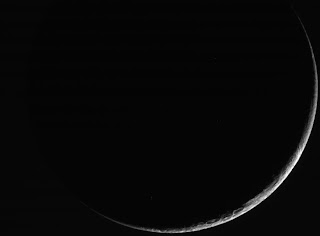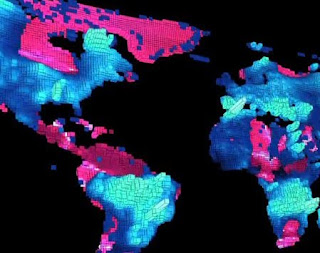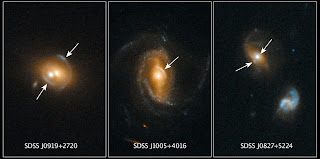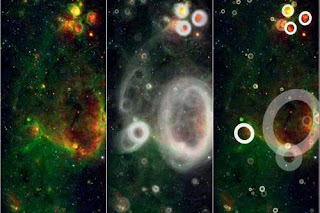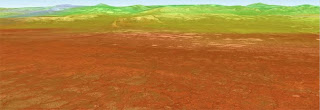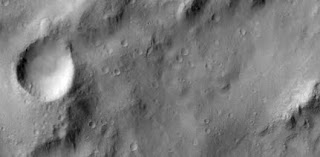
The first typhoon of the northern hemisphere 2012 typhoon season is headed for landfall in Vietnam. NASA's Aqua and TRMM satellites have been providing forecasters with valuable data on Typhoon Pakhar, that includes rainfall rates, cloud extent and temperature.
The Tropical Rainfall Measuring Mission (TRMM) satellite flew almost directly over Pakhar when it was a newly formed tropical storm in the South China Sea on March 29, 2012 at 1122 UTC/4:22 p.m. Asia local time (or 7:22 a.m. EDT). The intensifying storm had wind speeds of about 45 knots (~52 mph/~83 kph) and was moving toward the west-northwest when viewed by this TRMM pass. A rainfall analysis used data from TRMM's Microwave Imager and Precipitation Radar (PR) instruments. It showed that moderate to heavy rainfall of about 35 mm/hr (~1.4 inches) was located in an area around Pakhar's southwestern side.
"TRMM's PR was used to create a 3-D image of Pakhar's structure and showed that some of the storms were reaching heights of about 13 kilometers (~8 miles) above the ocean surface," Hal Pierce of the TRMM satellite team at NASA's Goddard Space Flight Center in Greenbelt, Md. where the images were created.
The Moderate Resolution Imaging Spectroradiometer (MODIS) instrument on NASA's Terra satellite captured a true-color image of Typhoon Pakhar on March 30, 2012 at 03:20 UTC/10:20 a.m. Asia local time (March 29 at 11:20 p.m. EDT) moving through the South China Sea toward Vietnam. Bands of thunderstorms are tightly wrapped around the center of Pakhar's center, and there may be an eye forming, but it is covered by dense overcast in MODIS visible imagery.
The Tropical Rainfall Measuring Mission (TRMM) satellite flew almost directly over Pakhar when it was a newly formed tropical storm in the South China Sea on March 29, 2012 at 1122 UTC/4:22 p.m. Asia local time (or 7:22 a.m. EDT). The intensifying storm had wind speeds of about 45 knots (~52 mph/~83 kph) and was moving toward the west-northwest when viewed by this TRMM pass. A rainfall analysis used data from TRMM's Microwave Imager and Precipitation Radar (PR) instruments. It showed that moderate to heavy rainfall of about 35 mm/hr (~1.4 inches) was located in an area around Pakhar's southwestern side.
"TRMM's PR was used to create a 3-D image of Pakhar's structure and showed that some of the storms were reaching heights of about 13 kilometers (~8 miles) above the ocean surface," Hal Pierce of the TRMM satellite team at NASA's Goddard Space Flight Center in Greenbelt, Md. where the images were created.
The Moderate Resolution Imaging Spectroradiometer (MODIS) instrument on NASA's Terra satellite captured a true-color image of Typhoon Pakhar on March 30, 2012 at 03:20 UTC/10:20 a.m. Asia local time (March 29 at 11:20 p.m. EDT) moving through the South China Sea toward Vietnam. Bands of thunderstorms are tightly wrapped around the center of Pakhar's center, and there may be an eye forming, but it is covered by dense overcast in MODIS visible imagery.

